Imagine a future powered predominantly by the sun and vast batteries, not the finite and polluting embrace of fossil fuels. For Australia, that cleaner, more sustainable future just got a whole lot closer, thanks to a monumental, game-changing investment. Dutch pension giant APG Asset Management has made a colossal A$1 billion (roughly $650 million USD) commitment to Octopus Australia, a leading force in green energy development. This landmark Dutch Pension Australia Green Energy initiative signifies a powerful vote of confidence in the nation’s accelerating clean energy transition, demonstrating what global collaboration and strategic impact investing can truly achieve in the urgent, worldwide fight against climate change. For a U.S. audience, understanding this investment transcends mere distant international news; it offers invaluable insights into how other developed nations are proactively tackling the monumental challenge of building renewable energy infrastructure, providing tangible strategies and demonstrating the undeniable, accelerating global shift towards sustainable investments and environmental stewardship
For a U.S. audience, understanding this investment isn’t just about distant news; it’s about seeing how other developed nations are tackling renewable energy infrastructure, learning from their strategies, and recognizing the global shift towards sustainable investments.
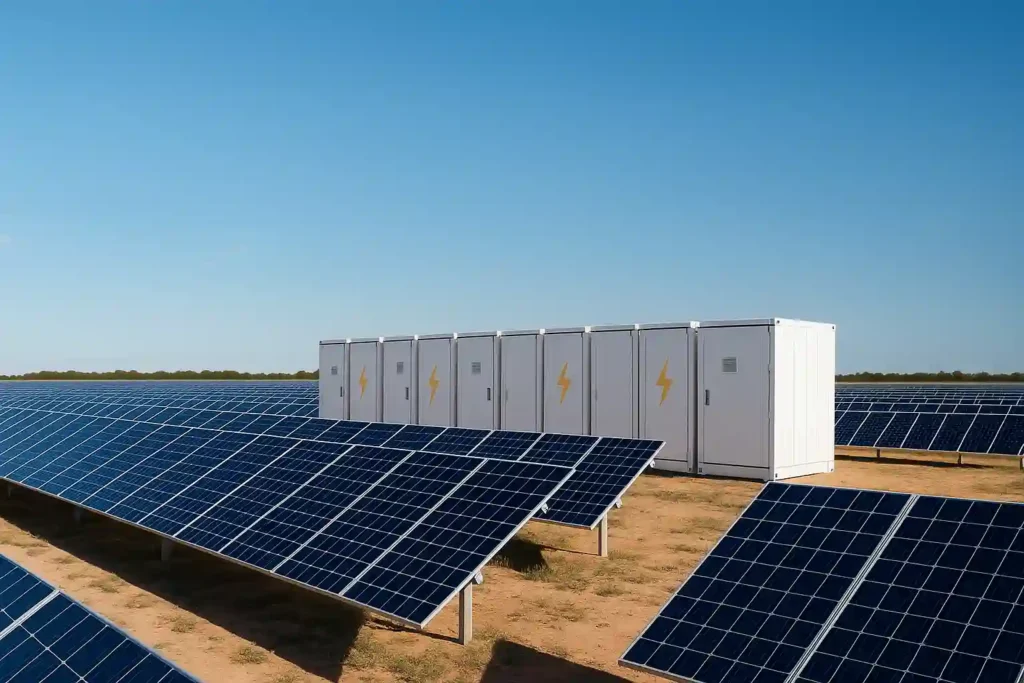
Why This Mega-Investment Matters for a Greener World
Australia, often pictured for its vast outback and stunning coastlines, has also been a significant player in the global fossil fuel market. Historically, coal has been its dominant energy source. Yet, like many developed nations, Australia is now on an accelerated path towards decarbonization. Its ambitious target? To source 82% of its electricity from renewables by 2030. That’s a huge leap from the approximately two-thirds it currently gets from fossil fuels.
Achieving such a bold goal requires massive capital. Experts estimate Australia needs around £250 billion (approximately A475billion)pouredintoitsenergyprojectsoverthenextdecade.WhileAustralia′sownrobustA4.1 trillion superannuation system is a major domestic investor, even that might not be enough to fully fund this transition. This is where APG steps in, providing crucial international backing.
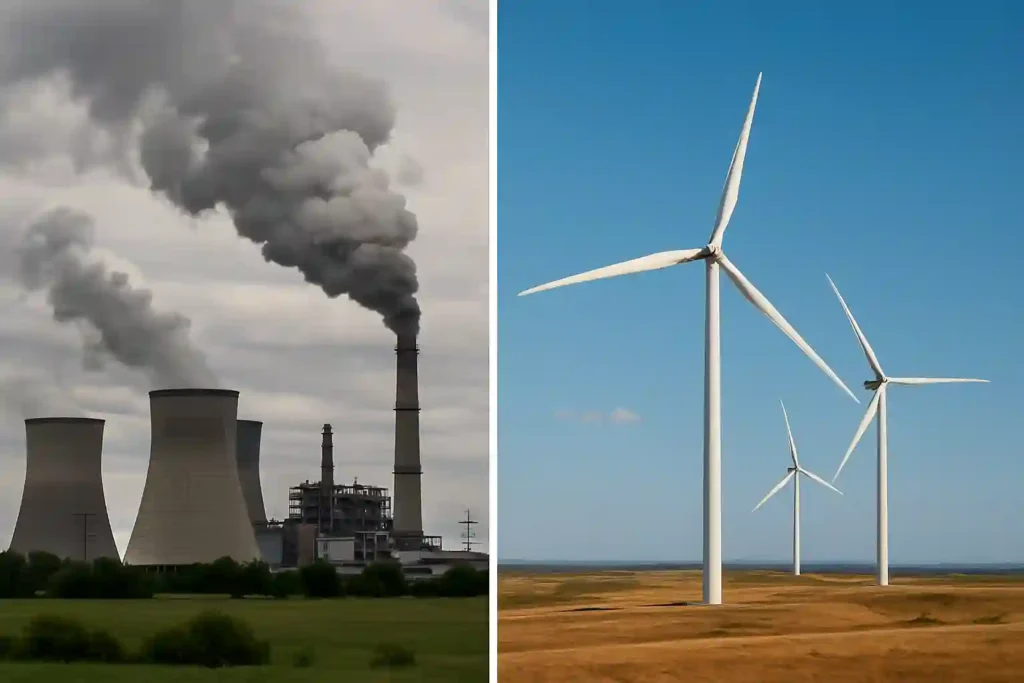
Here’s why this investment resonates far beyond Australia’s shores:
- Global Confidence in Renewables: This deal isn’t just a local affair. It sends a clear message to the international investment community: Dutch Pension Australia Green Energy commitments, like this one, prove that renewable energy projects in stable, developed markets like Australia are a safe, profitable bet. It inspires cross-border investment in green initiatives.
- Accelerated Project Development: The funds are specifically earmarked for large-scale solar farms and battery storage systems. These aren’t just buzzwords; they are the backbone of a reliable, grid-scale clean energy system, essential for overcoming the intermittency of wind and solar.
- Driving Net-Zero Goals: APG itself has a strong commitment to achieving net-zero emissions by 2050. Their actions demonstrate that major financial institutions are not just talking about environmental sustainability but actively funding it, proving that ESG investments can yield attractive returns. This sets a powerful precedent for other global pension funds and asset managers.
Meet the Power Players: APG and Octopus Australia
Understanding who these entities are helps to grasp the full weight of this groundbreaking partnership.

APG Asset Management: A Global Force in Sustainable Finance
Imagine managing the retirement savings for millions of people. That’s the monumental task of APG Asset Management, one of the world’s largest pension fund administrators. They oversee the colossal €544 billion Dutch pension fund ABP. What makes APG particularly relevant here is their forward-thinking approach to investment. They are not just seeking financial returns; they are deeply committed to responsible investing, integrating environmental, social, and governance (ESG) factors into their decisions. Their foray into Australian renewables isn’t a mere financial venture; it’s a strategic move reflecting their vision for a future where sustainable practices are the norm, and green investments are a cornerstone of robust portfolios.
Octopus Australia: Charting a Course for Clean Energy
Octopus Australia stands at the forefront of the nation’s burgeoning renewable energy sector. It’s an integral part of the London-based Octopus Group, a diversified investment business with a significant footprint in the energy landscape, including a substantial stake in the well-known UK household energy supplier, Octopus Energy. For the past two to three years, Octopus Australia had been diligently searching for a global funding partner to scale its ambitious projects. This alliance with APG marks the successful culmination of that search, setting the stage for significant expansion. The synergy between APG’s global financial might and Octopus Australia’s local expertise is what makes this Dutch Pension Australia Green Energy partnership truly formidable. Their combined expertise and financial muscle create a formidable force in the renewable energy market
Fueling the Future: Key Projects on the Horizon
The A$1 billion commitment from APG isn’t just sitting in a bank account. It’s targeted to ignite construction on two pivotal renewable energy infrastructure projects that promise to reshape Australia’s power grid:
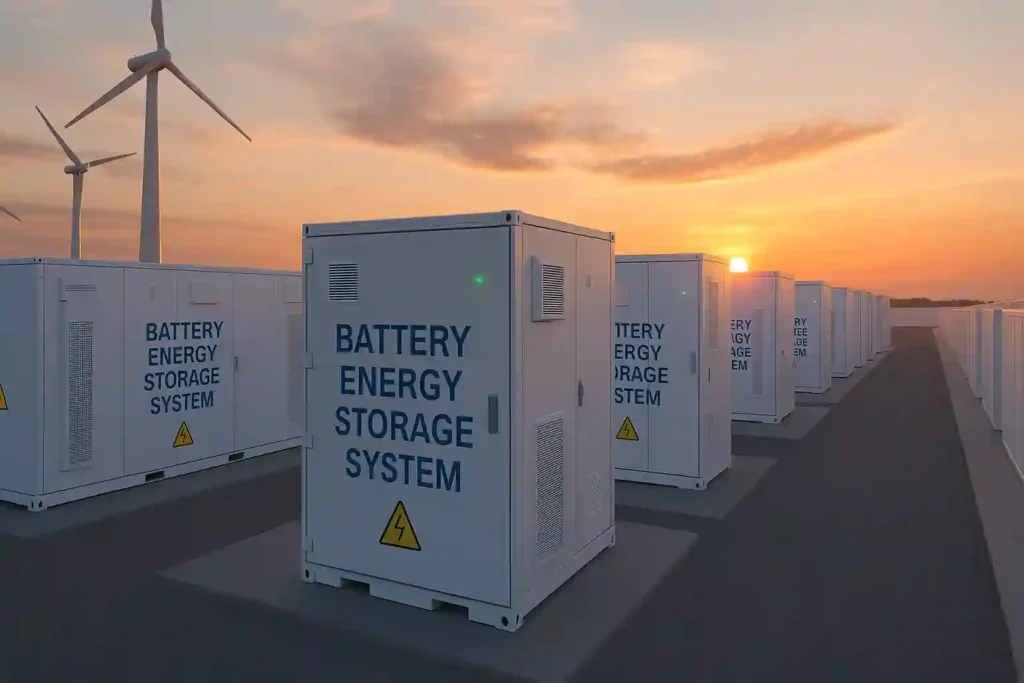
- Blind Creek Solar and Battery Project (New South Wales): Slated to begin construction in October, this project is designed for impact. It will feature an impressive 300 megawatts (MW) of solar generation capacity, harnessing the abundant Australian sunshine. Crucially, it will also incorporate nearly 500 megawatt-hours (MWh) of advanced battery storage. This combination is vital for stability: solar power can be intermittent, but the integrated battery system ensures consistent, reliable clean energy can be dispatched to the grid even when the sun isn’t shining.
- Blackstone Battery Project (near Brisbane): This project is purely about energy storage, but on a monumental scale. With a colossal 1 gigawatt-hour (GWh) battery capacity, Blackstone represents a significant leap in large-scale energy storage capability. Such large batteries are fundamental to the success of any modern grid heavily reliant on renewables, acting as a buffer that absorbs excess energy during peak generation and releases it during peak demand, or when renewable sources are less active.
These projects are more than just power plants; they are tangible steps towards a decarbonized energy system, illustrating how practical applications of green technology are leading the charge away from fossil fuels.
Australia’s journey to a clean energy future isn’t without its bumps. While the nation boasts an impressive rooftop solar adoption rate (with one-third of Australian homes already having solar panels), larger utility-scale renewable energy initiatives have sometimes faced headwinds. Recent news saw major players like BP and Fortescue withdrawing from green hydrogen plans, and several offshore wind projects being shelved. These instances highlight the complexities involved in such a massive systemic transformation.
This timely investment from APG serves as a powerful antidote to any lingering doubts. It injects vital momentum and reinforces confidence in the sector, signaling that the global financial community is ready to back ambitious clean energy developments.
Moreover, this investment directly supports Australia’s ambitious climate agenda. The Australian Labor government is actively working on revising its 2035 climate targets, with an announcement anticipated later in 2025 after receiving advice from the Climate Change Authority. As Simon Stiell, the head of the UN Framework Convention on Climate Change, recently emphasized, nations like Australia need to move beyond standard targets and drive substantial investment in renewable energy. This strategic partnership between APG and Octopus Australia is a direct, robust answer to that international call.
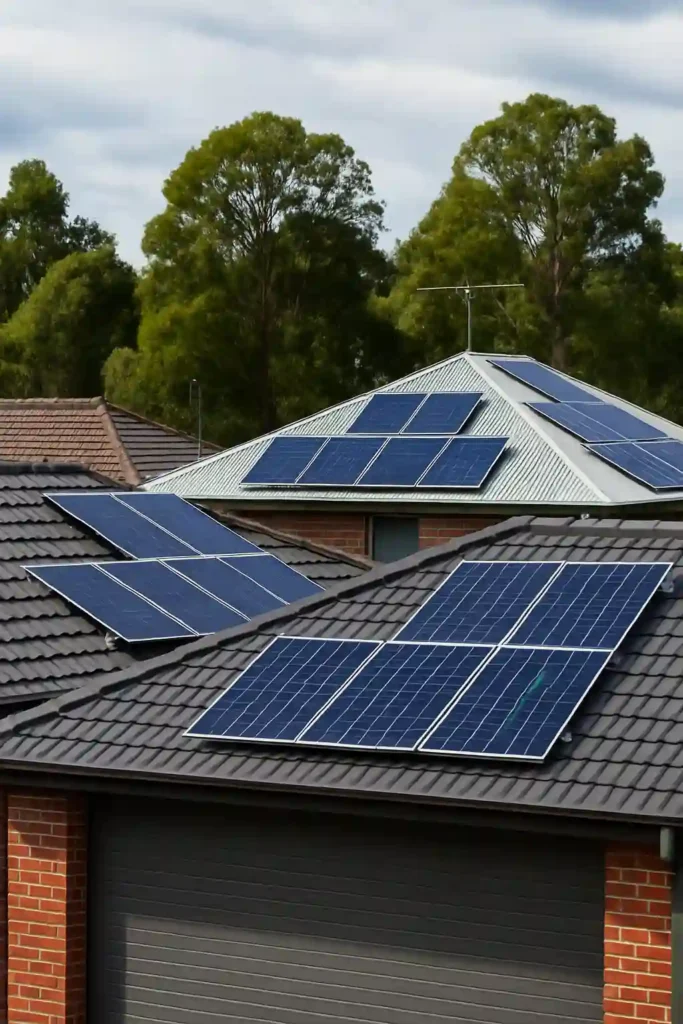
The Growing Role of Pension Funds in Green Transition
This deal is not an isolated event; it’s part of a burgeoning global trend. Pension funds, with their vast capital pools and inherent long-term investment horizons, are increasingly becoming linchpins in financing the global green energy transition. Their focus on long-term, stable returns aligns perfectly with the predictable, long-term revenue streams of renewable energy infrastructure projects. The UK’s £7 billion Smart Pension’s recent £330 million investment in Octopus Energy Generation further cements this trend, as more pension funds worldwide recognize the dual benefits – financial and environmental – of investing in renewable energy. This shift represents a significant move from traditional asset allocation towards impactful, sustainable portfolios.
The Road Ahead: A Brighter, Sustainable Horizon
APG’s A$1 billion commitment to Octopus Australia is far more than a financial transaction; it’s a profound statement about the global resolve to embrace renewable energy and a transformative moment for Australia’s path towards a sustainable future. This investment will directly propel the development of critical solar and battery projects, significantly accelerating Australia’s detachment from fossil fuels and solidifying its standing as a formidable player in the burgeoning global green economy. As countries worldwide intensify their efforts to achieve net-zero emissions, strategic collaborations such as this one will prove indispensable in forging a cleaner, more resilient energy future for generations to come.
This landmark deal serves as a powerful clarion call to other international investors and governments: the time for decisive investment in a sustainable planet is unequivocally now. The returns, both in environmental impact and financial prosperity, are not just promising—they are increasingly undeniable. This is a testament to the power of impact investing and its pivotal role in shaping our collective future.
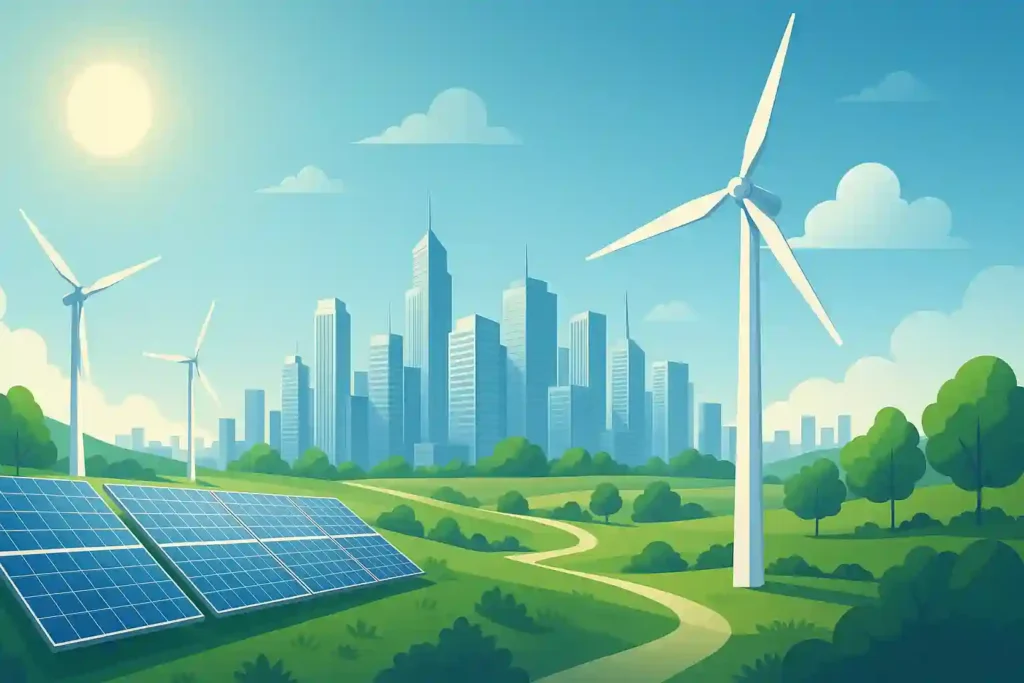
Frequently Asked Questions (FAQs)
Q1: What is the primary purpose of APG’s $650 million investment in Australia?
The investment aims to significantly boost Australia’s renewable energy sector by funding large-scale solar and battery projects developed by Octopus Australia, accelerating the nation’s transition away from fossil fuels.
Q2: Which specific clean energy projects will benefit from this funding?
The funds will primarily be directed towards the Blind Creek solar and battery project in New South Wales and the Blackstone battery project near Brisbane, significantly expanding Australia’s clean energy infrastructure.
Q3: How does this investment contribute to Australia’s climate goals?
This substantial capital infusion directly supports Australia’s ambitious goal to achieve 82% renewable electricity by 2030, helping to bridge the funding gap required for such extensive energy transition projects.
Q4: What makes APG Asset Management a significant partner in this deal?
APG Asset Management is one of the world’s largest pension fund administrators with a strong commitment to ESG (Environmental, Social, and Governance) investing and achieving net-zero emissions by 2050, making them a strategic and credible partner in sustainable development.
Q5: What challenges does Australia face in its renewable energy transition despite this investment?
While promising, Australia still faces challenges in scaling up renewable energy projects, with some recent withdrawals from green hydrogen and offshore wind initiatives. This investment helps to mitigate these challenges by providing consistent, large-scale funding and confidence.
Q6: Why are pension funds increasingly investing in renewable energy?
Pension funds are increasingly investing in renewable energy due to their long-term investment horizons, the stable and predictable returns offered by clean energy infrastructure, and their growing commitment to sustainable and ethical investment practices.